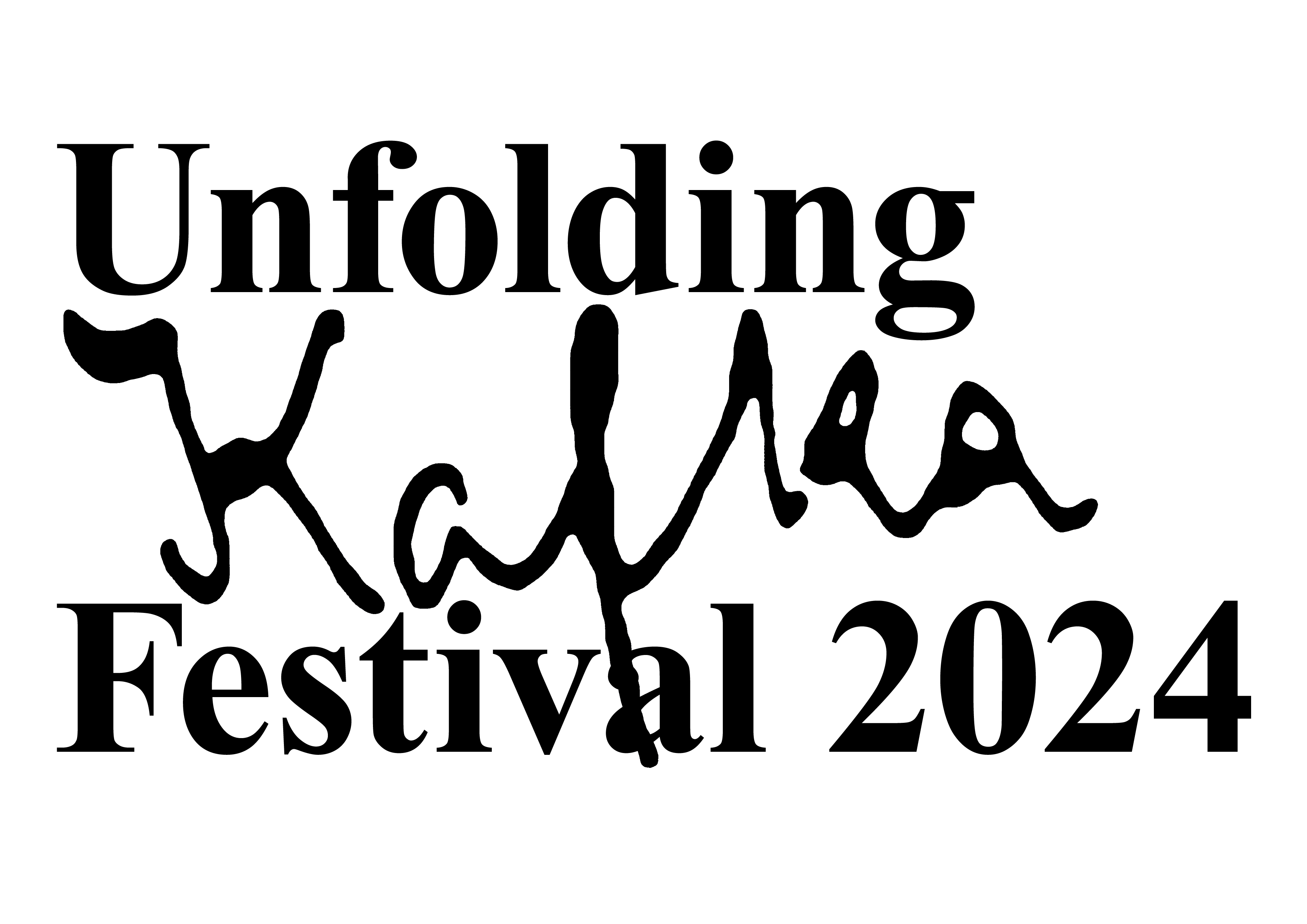The tradition of improvisatory performance and collective trance in Lam Pifah, a shamanistic healing ritual, and the mimicry of animal sounds and sermonizing of Buddhist monks in Lam Puen are decoded alongside the festival’s overarching themes. Opening up grounds for the exploration of regional and globalized constructs of gender, the project also subverts the way gender identity is formulated in Molam.
Kafka’s lifelong preoccupation with health and affliction with tuberculosis–which he framed as an existential condition and often considered in symbolic terms–register a different affinity with lam pifah in particular. In “A Country Doctor”, a short story written after just his diagnosis, Kafka obliquely characterizes illness and medical treatment as a spiritual issue. Kafka’s experiences of illness and views on healthcare can be richly juxtaposed against lam pifah, a healing ritual conducted through the female Molam singer and khaen player, who act as spiritual mediums to call on and propitiate the “sky spirit” with improvised song and movement to cure an individual of serious illness.
lam pifah ceremony in Kalasin province.
Positing an alternative to the tendency of contemporary dance in the region to be determined by forms and trends from abroad, the Mo[ram]lam project reverses the current of cultural expansion by centering the two oldest and most local forms of Molam, and allows cross-cultural collaboration to radiate from them. The result is an expression of the plurality of modern-day life that resonates with, and introduces Molam to, audiences in Thailand and abroad. When folk traditions are made central, rather than peripheral, to the articulation of Thai cultural identity, a new form of cultural stewardship emerges that encourages innovative and multidisciplinary artistic creation, facilitates exchange between Thai and international artists, and brings new life to local performance traditions like Molam, with burgeoning opportunities for the Thai contemporary arts field.
Date and Time: 01-14 Nov from 10:00-18:00
Venue: Jim Thompson Art Center

